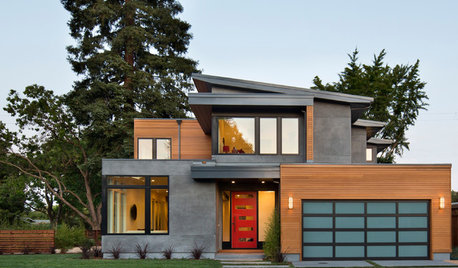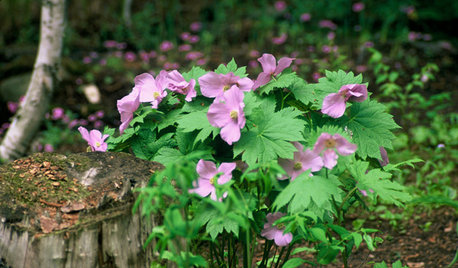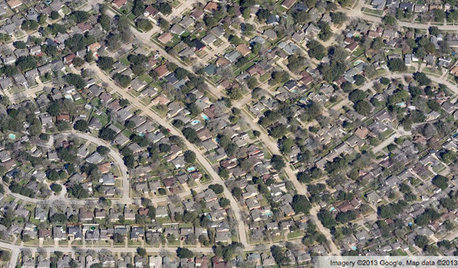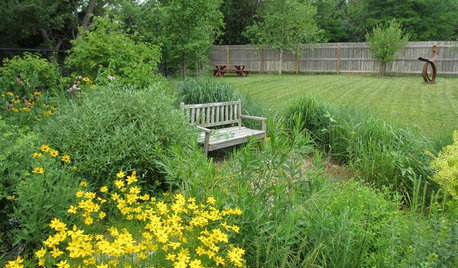Xeriscaping in Atlanta
Hyperboy
18 years ago
Related Stories

You Said It: ‘Which Color Truly Reflects You?’ and Other Quotables
Design advice, inspiration and observations that struck a chord this week
Full Story
SAVING WATER11 Ways to Save Water at Home
Whether you live in a drought-stricken area or just want to help preserve a precious resource, here are things you can do to use less water
Full Story
GARDENING GUIDES7 Shade-Loving Rarities of the Plant World
Cultivate a discriminating air in a shady garden patch with these uncommon woodland wonders
Full Story
GREAT HOME PROJECTSHow to Give Your Driveway and Front Walk More Curb Appeal
Prevent injuries and tire damage while making a great first impression by replacing or repairing front paths
Full Story
LANDSCAPE DESIGNIs It Time to Consider Fake Grass?
With more realistic-looking options than ever, synthetic turf can be a boon. Find the benefits and an installation how-to here
Full Story
GARDENING GUIDES5 Best-Behaved Trees to Grace a Patio
Big enough for shade but small enough for easy care, these amiable trees mind their manners in a modest outdoor space
Full Story
COMMUNITYGet a Bird's-Eye View of America's Housing Patterns
See the big picture of how suburban developments are changing the country's landscape, with aerial photos and ideas for the future
Full Story
GARDENING GUIDESHow to Design a Garden That Lasts
Climates are changing. Wildlife is evolving. Can your garden keep up?
Full Story

paalexan
HyperboyOriginal Author
Related Professionals
Windham Landscape Architects & Landscape Designers · Benbrook Landscape Architects & Landscape Designers · Forest City Landscape Architects & Landscape Designers · Buford Landscape Contractors · Allentown Landscape Contractors · Belvedere Park Landscape Contractors · Blue Springs Landscape Contractors · Chelmsford Landscape Contractors · Franklin Landscape Contractors · Matteson Landscape Contractors · Mesa Landscape Contractors · University City Landscape Contractors · West Coon Rapids Landscape Contractors · Golden Valley Landscape Contractors · Palos Heights Landscape Contractorspaalexan
HyperboyOriginal Author
HyperboyOriginal Author
quercus_abq
shrubs_n_bulbs
shrubs_n_bulbs
fredbuddy
radlew
soundgarden
dawgie